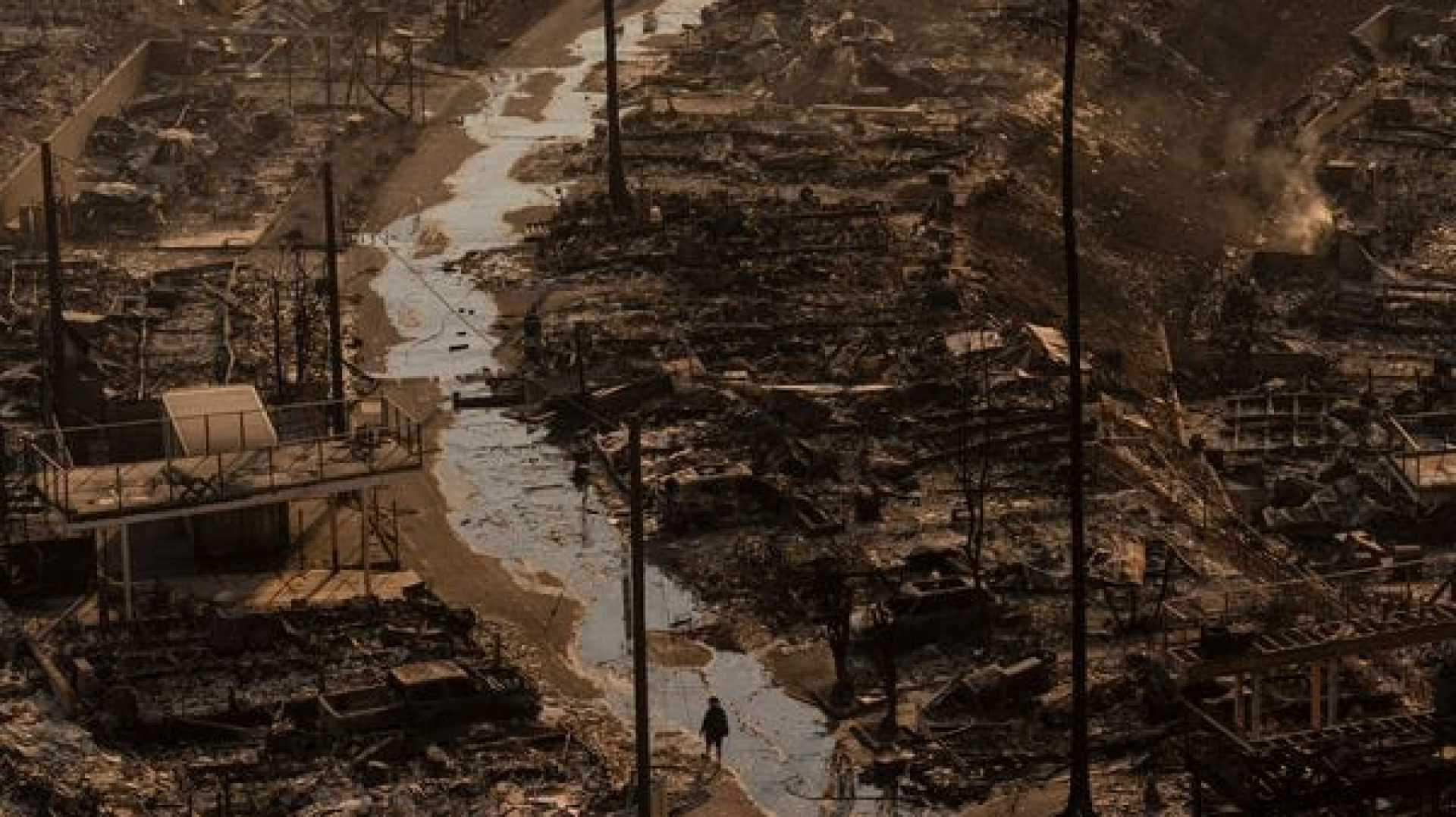News
Los Angeles Fires Expose Water Infrastructure Vulnerabilities Amid Climate Crisis

LOS ANGELES, Calif. — As wildfires continue to ravage Los Angeles County, the region’s water infrastructure has come under intense scrutiny. The Palisades Fire, which has burned over 23,000 acres, and the Eaton Fire, which has consumed 14,000 acres, have overwhelmed local fire hydrants, leaving firefighters scrambling for resources. Despite abundant water reserves, the city’s emergency systems were not designed to handle prolonged, large-scale firefighting efforts, experts say.
Last week, fire hydrants in the Pacific Palisades ran dry as crews battled the flames. The city deployed 4,000-gallon water trucks and smaller vehicles to refill hydrants, but the stopgap measures have only provided limited relief. As of Monday afternoon, the Eaton Fire was 33% contained, while the Palisades Fire remained just 14% contained. Over 3 million gallons of water have been used to combat the blazes.
Dr. Mark Gold, director of Water Scarcity Solutions at the National Resources Defense Council, emphasized that the issue is not a water shortage but rather a failure of infrastructure. “We have more water stored at this time of year than in the history of the agency,” Gold said. “The problem is that our systems were not built for these kinds of prolonged, neighborhood-wide firefights.”
The fires have been fueled by a combination of factors, including two years of heavy rainfall that allowed brush to grow unchecked, followed by an exceptionally dry period with less than two-tenths of an inch of rain since May 2024. Strong Santa Ana winds, gusting up to 100 mph, further complicated firefighting efforts by grounding aerial water drops.
The crisis has sparked political finger-pointing, with incoming President Donald Trump blaming California Governor Gavin Newsom, while others have criticized the Resnicks, billionaire owners of the Wonderful Company, for their extensive agricultural water use. The Resnicks, who grow water-intensive crops like pistachios and almonds, control a significant portion of California’s water resources through the Kern Water Bank. However, experts like Gold stress that the wildfires and agricultural water use are unrelated issues.
Kathryn Sorensen, director of research at the Kyl Center for Water Policy, noted that redesigning regional water utilities to better handle wildfires is a complex challenge. “Increasing storage capacity often comes with tradeoffs, like potential water quality issues,” she said. “It’s important to support these systems all the time so they can perform when needed.”
As Los Angeles faces its worst wildfires on record, the crisis underscores the urgent need to adapt infrastructure and policies to the realities of climate change. “We are seeing such tremendous climate extremes that how we look at safety and security for people has to completely change,” Gold said. “The Palisades almost got wiped off the face of the planet. It’s beyond anybody’s worst nightmare.”












